
Month: May 2016


2007 OR10: the largest unnamed world in the solar system
By combining data from two space observatories, astronomers have revealed something surprising: a 955-mile-wide dwarf planet named 2007 OR10 is significantly larger than previously thought. Although its 547-year-long elliptical orbit brings it nearly as close to the Sun as Neptune, 2007 OR10 is currently twice as far from the Sun as Pluto.
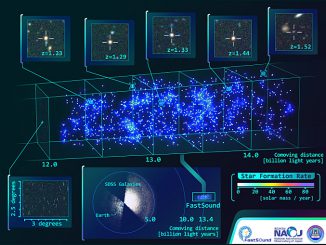
Deepest 3-D galaxy map suggests Einstein’s theory stands true
Using data from the 8.2-metre Subaru Telescope, an international team led by Japanese researchers has made a 3-D map of 3,000 galaxies 13 billion light-years from Earth. Based on this comprehensive survey — the first such study at this great distance — the team was able to confirm that Einstein’s general theory of relativity is still valid.
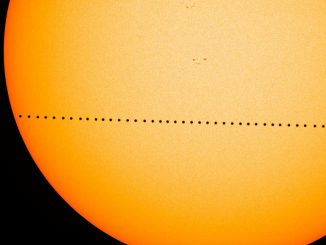
NASA’s Solar Dynamics Observatory’s time-lapse view of the Mercury transit
The 9 May transit of Mercury was widely and successfully observed from large parts of Western Europe, South America and the east of North America. High above the Earth, NASA’s Solar Dynamics Observatory, or SDO, had an uninterrupted view of the entire seven-and-a-half hour event, revealed here in a stunning time-lapse video.
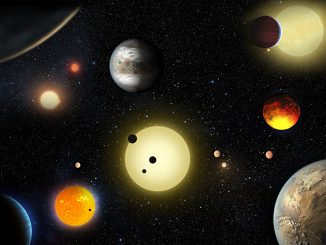
NASA’s Kepler mission announces largest collection of exoplanets ever discovered
NASA’s Kepler mission has verified 1,284 new planets — the single largest finding of planets to date. Of the nearly 5,000 total planet candidates found to date, more than 3,200 now have been verified, and 2,325 of these were discovered by the space telescope. Launched in March 2009, Kepler is the first NASA mission to find potentially habitable Earth-size planets.
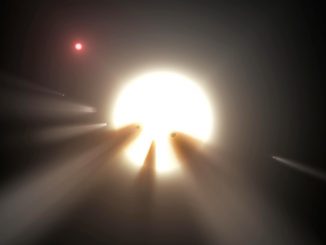
Natural causes, not aliens, explain mystery star’s behaviour
Media interest went viral last October when a group of astronomers from Pennsylvania State University cited that the “bizarre light curve” of KIC 8462852, popularly known as Tabby’s star, was “consistent with” a swarm of alien-constructed megastructures. Now, the results of a new study make it far less likely that KIC 8462852 is the home of industrious extraterrestrials.

Hubble views face-on spiral galaxy NGC 6814
In this NASA/ESA Hubble Space Telescope image we see the striking face-on spiral galaxy NGC 6814, whose luminous nucleus and spectacular sweeping arms are rippled with an intricate pattern of dark dust. The galaxy was discovered by William Herschel in 1788. NGC 6814 lies 74.4 million light-years away in the constellation of Aquila.

Make the most of your Jupiter observations during May
Now two months past opposition, the solar system’s largest planet, Jupiter, is highest in the UK sky before sunset and is already descending in the southwest by the time the sky is dark enough to observe it. However, there is still phenomena of the Galilean moons to see and the planet’s Great Red Spot, so make the most of your Jovian observations while you can during May.
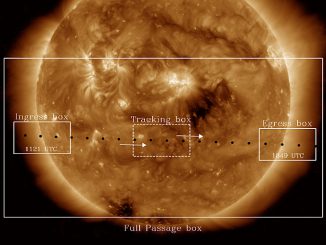
How to view the transit of Mercury online on 9 May
The 2016 transit of Mercury is upon us! With fine weather predicted across a large swathe of the British Isles, many will enjoy clear skies for at least some of this 7½-hour event. But if you don’t have a suitably equipped telescope, or are unable to attend any of the transit-viewing activities organised nationwide, you can still view the phenomenon online.
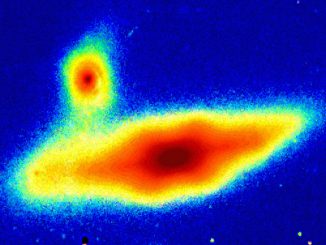
Astronomers detect double ‘peanut shell’ galaxies
Astronomers at Swinburne University of Technology, Melbourne, have discovered an unusually shaped structure in two nearby disc galaxies. The Swinburne team recently developed new imaging software, making it possible to observe the double “peanut shell shape” formed by the distribution of stars bulging from the centres of these galaxies.
